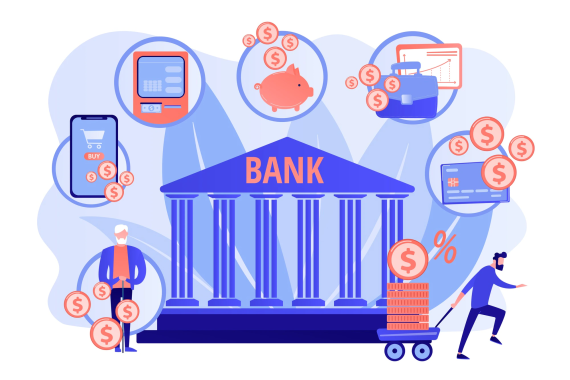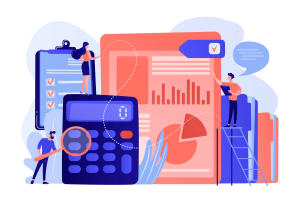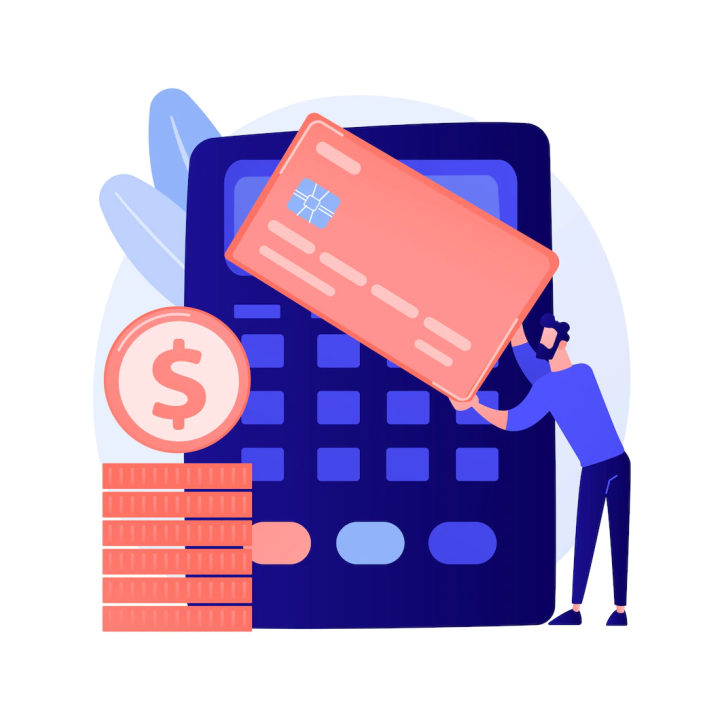
What is Open Banking?
Open Banking is the sharing of data between different players in the banking ecosystem, naturally authorised by customers, resulting from PSD2 (Payment Services Directive 2), the European directive on digital payments issued in 2018.
This means that banks are legally obliged to provide access to current account data through API communication systems between servers. This can be done via an interface developed by the banks themselves or by third-party companies or on behalf of other banks that have developed this technology.
Open Banking in eCommerce
How Open Banking can help your business in digital payments and reconciliations

High-value and B2B payments
Mostly used for B2B sectors where the average order is high and not very convenient via Credit Card

Much more convenient
Compared to the best conditions on Virtual Pos for Credit Cards Open Banking will amaze you

Instant reconciliation
Confirmation of payment is instantaneous and is not linked to the technical transfer times

Simple for the buyer
As with Credit Card payments the buyer will be asked for confirmation via SMS or App to make the payment.
Where do we stand in Europe
According to data collected by Tink, in 2020, almost a quarter of respondents at banking institutions in Europe activated at least one fintech partnership to access open banking technologies.
The most forward-thinking organisations boast up to five different partnerships. Not only that, but over two-thirds of the sample (69%) increased the number of fintech partnerships in 2019. The same percentage (69%) indicated that establishing a fintech partnership will be a priority by 2021.
